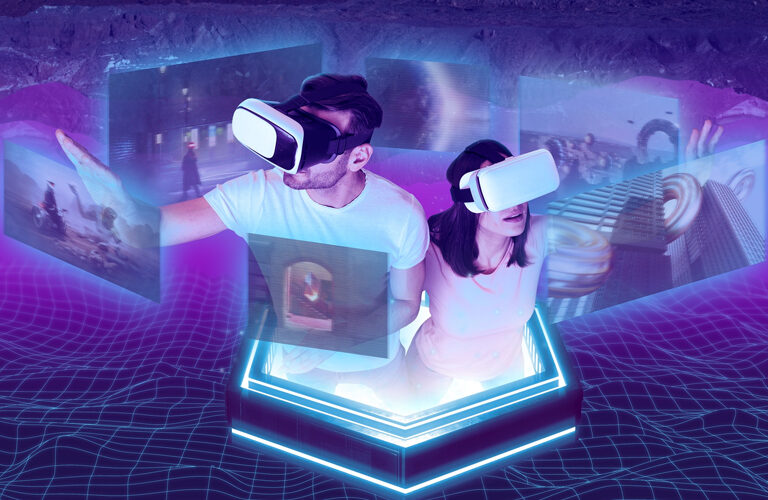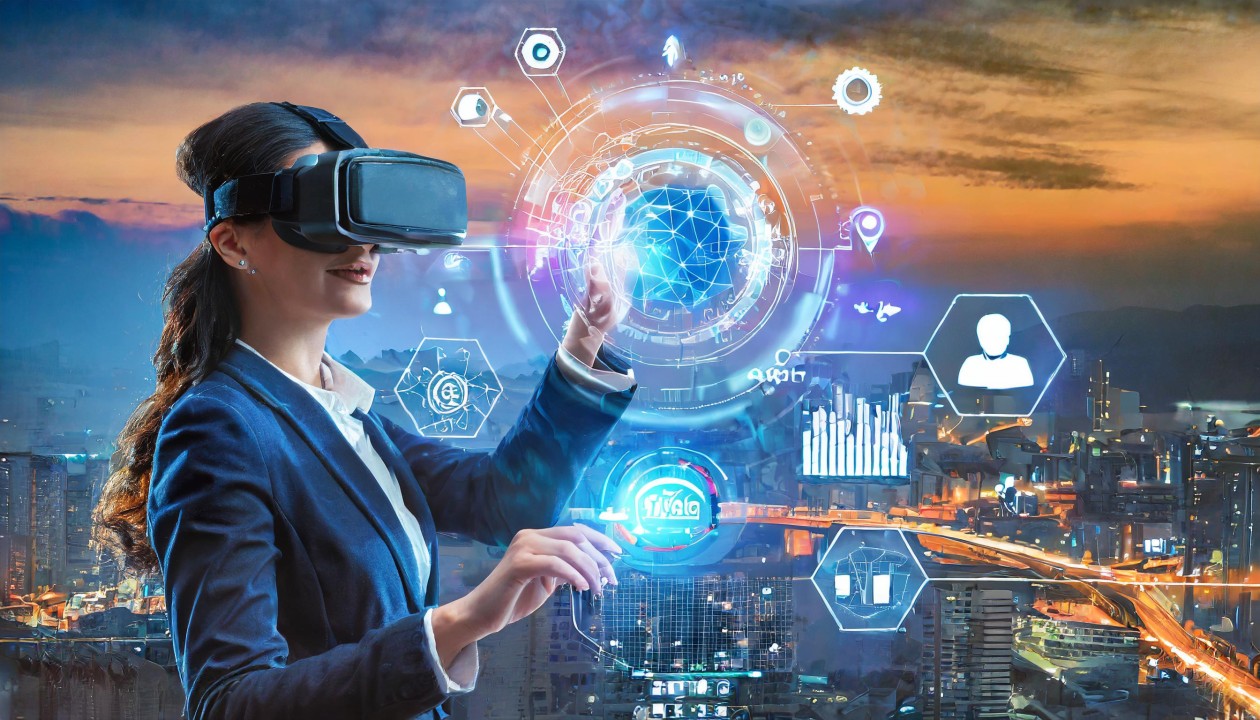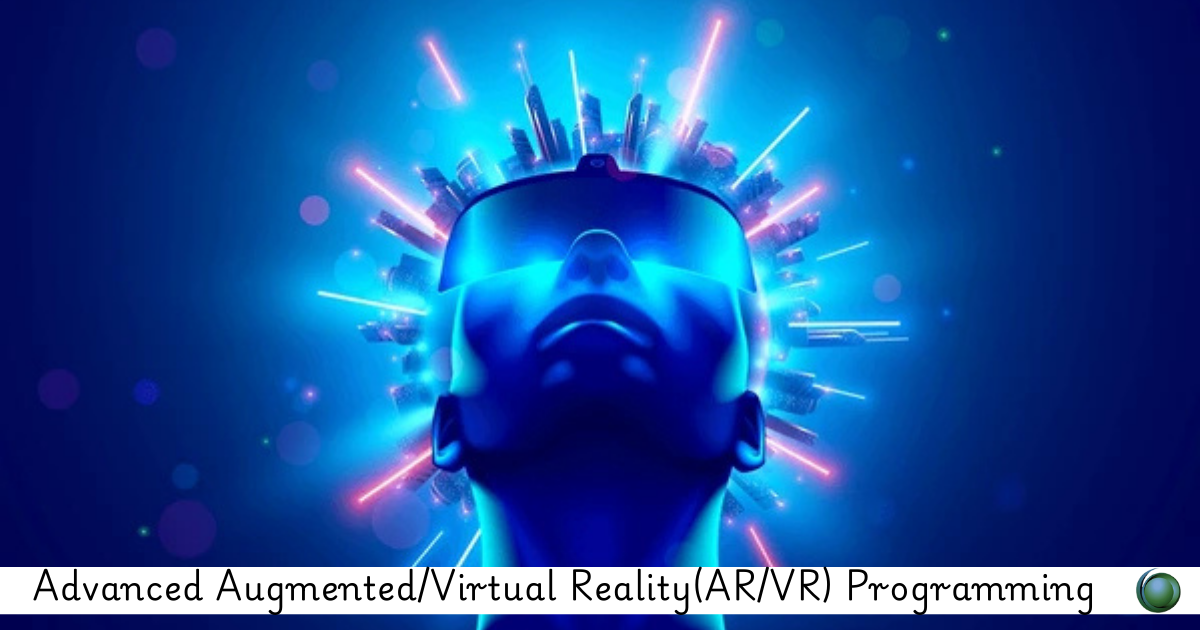Description
Introduction of Mixed Reality Development
This course provides a deep dive into mixed reality (MR) development, which combines elements of augmented reality (AR) and virtual reality (VR) to create immersive experiences that blend the physical and digital worlds. Participants will learn to develop MR applications using cutting-edge technologies, including Microsoft’s HoloLens, Magic Leap, and various MR development frameworks. The course covers design principles, development practices, and integration techniques for creating cohesive and interactive MR experiences.
Prerequisites
- Basic understanding of AR and VR technologies.
- Familiarity with programming languages (e.g., C#, JavaScript) and development environments (e.g., Unity, Unreal Engine).
- Experience with 3D modeling and design principles is helpful but not required.
Table of Contents
1: Introduction to Mixed Reality
1.1 Understanding Mixed Reality
1.1.1 Definition and scope of mixed reality
1.1.2 Differences between AR, VR, and MR
1.1.3 Applications and use cases of MR
1.2 Key Technologies in Mixed Reality
1.2.1 Overview of MR hardware (e.g., HoloLens, Magic Leap)
1.2.2 MR development platforms and frameworks (Unity, Unreal Engine)
1.3 Setting Up Your Development Environment
1.3.1 Installing and configuring MR development tools
1.3.2 Overview of development environments for MR
2: Designing for Mixed Reality
2.1 Design Principles for Mixed Reality
2.1.1 Core principles of MR design
2.1.2 Creating seamless interactions between physical and digital elements
2.2 Spatial Awareness and User Experience
2.2.1 Designing for spatial interactions and user context
2.2.2 Developing intuitive interfaces for MR
2.3 Prototyping MR Experiences
2.3.1 Techniques for prototyping MR applications
2.3.2 Tools and methods for creating MR design mockups(Ref: AWS Developer Tools Associate Prep (ITT_FS) Training)
3: Developing Mixed Reality Applications
3.1 Introduction to MR Development Frameworks
3.1.1 Overview of Unity and Unreal Engine for MR development
3.1.2 Key features and capabilities of MR frameworks
3.2 Building Your First MR Application
3.2.1 Step-by-step guide to creating a simple MR app
3.2.2 Integrating 3D models and interactive elements
3.3 Implementing Interaction and Gestures
3.3.1 Designing and coding interactive gestures for MR
3.3.2 Implementing hand tracking and voice commands
4: Working with MR Hardware
4.1 Overview of MR Devices
4.1.1 Introduction to HoloLens, Magic Leap, and other MR hardware
4.1.2 Device-specific features and capabilities
4.2 Developing for HoloLens
4.2.1 Creating applications for Microsoft HoloLens
4.2.2 Utilizing HoloLens APIs and development tools
4.3 Developing for Magic Leap
4.3.1 Creating applications for Magic Leap devices
4.3.2 Utilizing Magic Leap SDK and development resources
5: Integrating Mixed Reality with Real-World Data
5.1 Real-Time Data Integration
5.1.1 Integrating live data streams and sensors into MR applications
5.1.2 Using APIs and cloud services for data integration
5.2 Connecting MR with IoT Devices
5.2.1 Interfacing MR applications with Internet of Things (IoT) devices
5.2.2 Developing MR solutions that interact with physical objects
5.3 Enhancing MR with AI and Machine Learning
5.3.1 Leveraging AI and machine learning for smarter MR experiences
5.3.2 Implementing object recognition and spatial analysis
6: Performance Optimization and Testing
6.1 Optimizing MR Application Performance
6.1.1 Techniques for optimizing MR applications for performance and responsiveness
6.1.2 Managing resource usage and handling large-scale MR scenes
6.2 Testing and Debugging MR Applications
6.2.1 Tools and methods for testing MR applications
6.2.2 Identifying and fixing common issues in MR development
6.3 User Testing and Feedback
6.3.1 Conducting usability testing for MR experiences
6.3.2 Collecting and analyzing user feedback for improvements
7: Deploying and Managing MR Applications
7.1 Deploying MR Applications to Devices
7.1.1 Preparing MR applications for deployment
7.1.2 Deploying applications to HoloLens, Magic Leap, and other devices
7.2 Managing and Updating MR Applications
7.2.1 Strategies for managing and updating MR applications in the field
7.2.2 Handling version control and application maintenance
7.3 Scaling MR Solutions
7.3.1 Techniques for scaling MR applications for larger deployments
7.3.2 Managing multiple MR devices and users
8: Case Studies and Future Trends in Mixed Reality
8.1 Case Studies of Successful MR Projects
8.1.1 Analyzing real-world MR projects and their impact
8.1.2 Lessons learned from successful MR implementations
8.2 Exploring Future Trends in MR
8.2.1 Emerging technologies and trends in MR
8.2.2 The future of MR in various industries (education, healthcare, manufacturing)
8.3 Final Project and Course Review
8.3.1 Participants develop and present a comprehensive MR project
8.3.2 Review of course content and key takeaway
This training equips participants with the knowledge and skills to design, develop, and deploy mixed reality applications, focusing on integrating physical and digital experiences to create innovative and immersive solutions.







Reviews
There are no reviews yet.